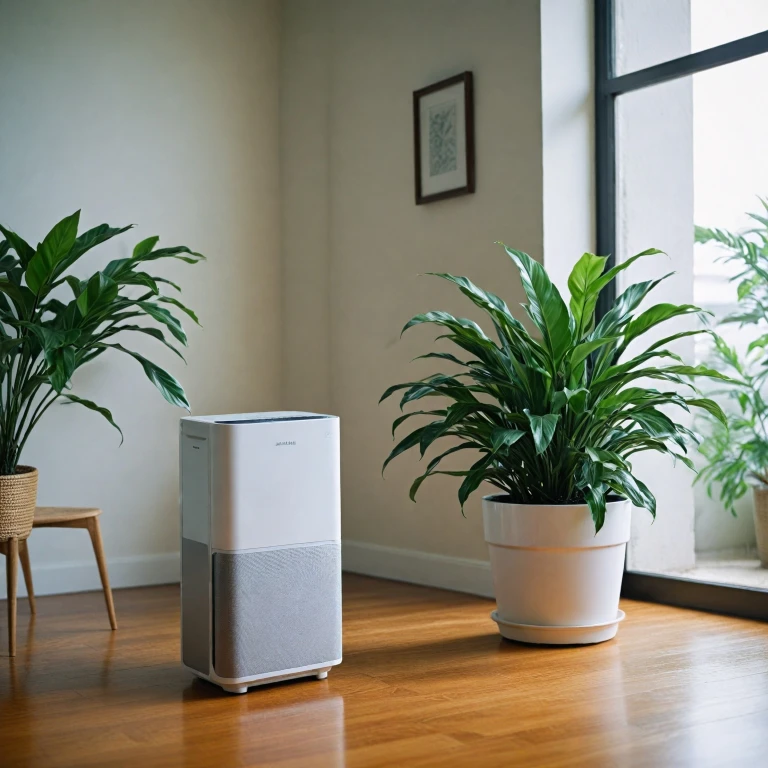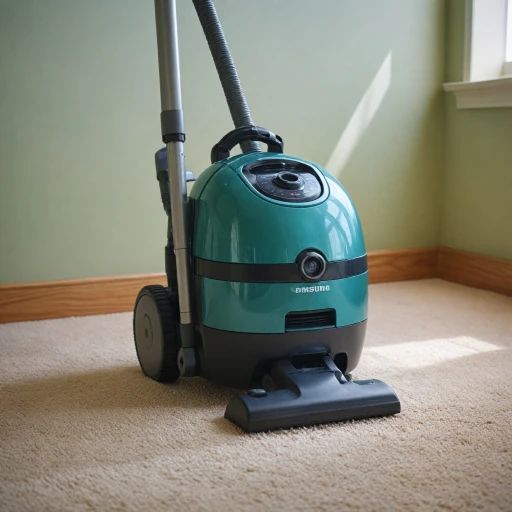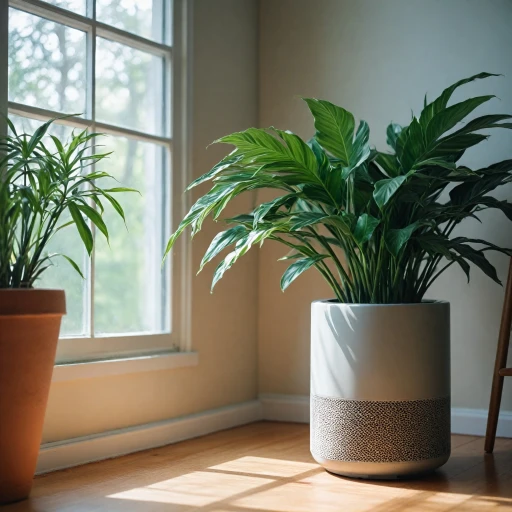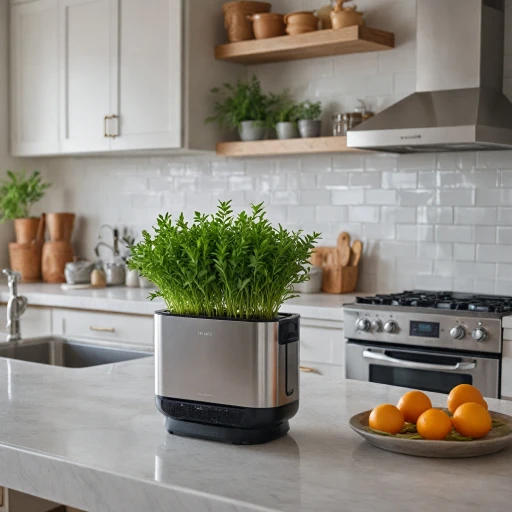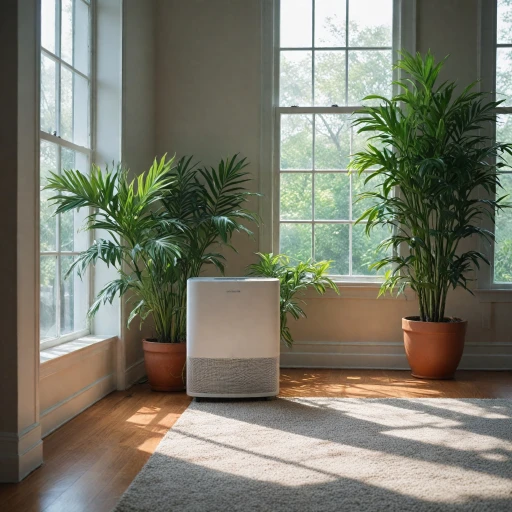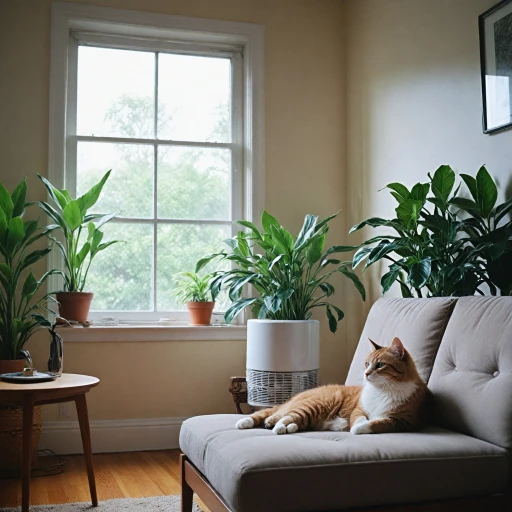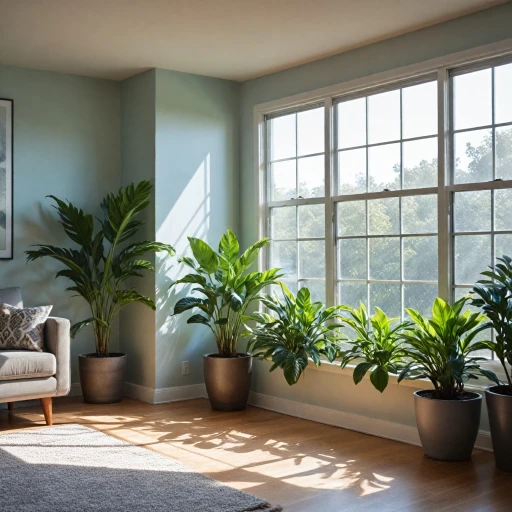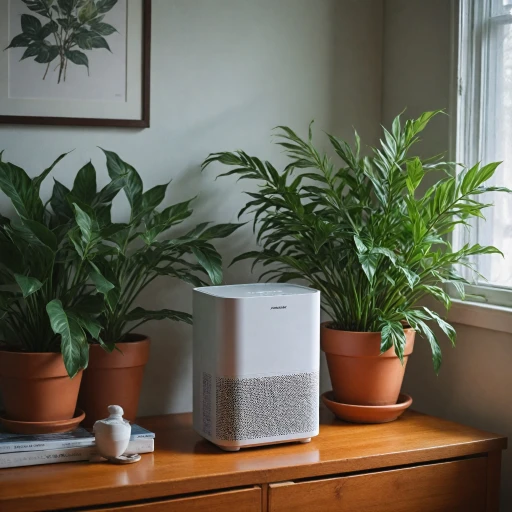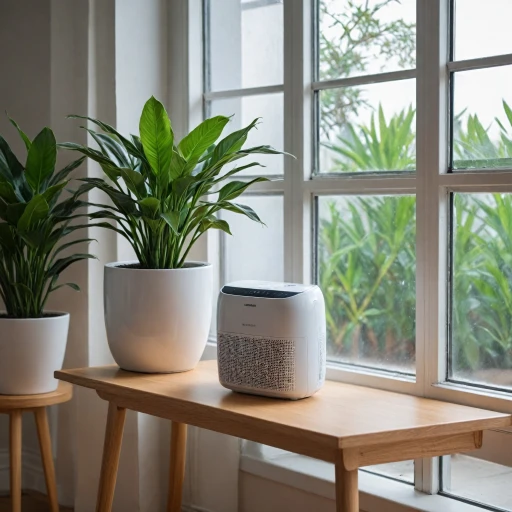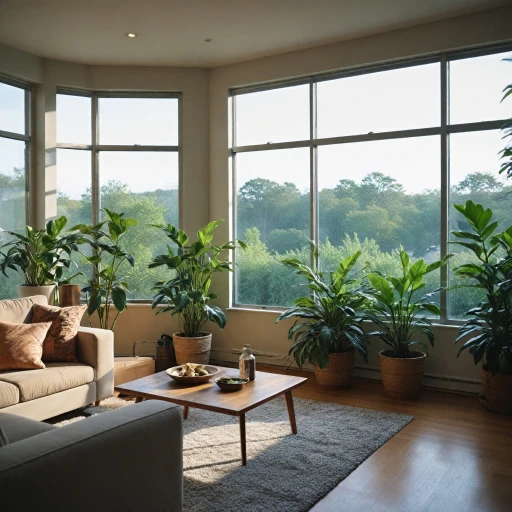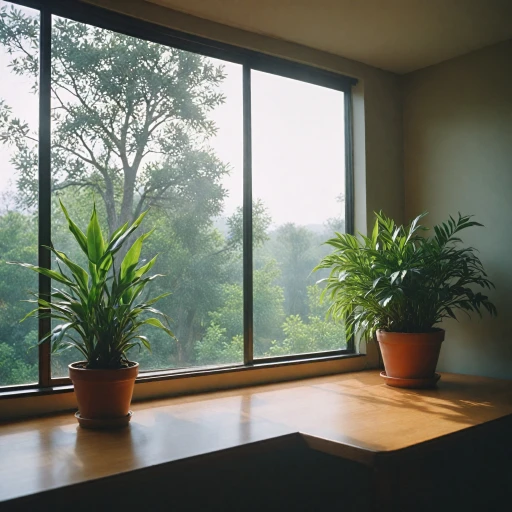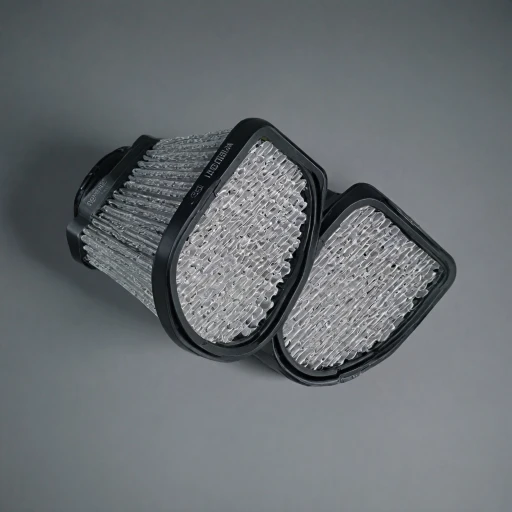
Understanding VOCs and Their Impact
The Invisible Culprits in Indoor Air
Volatile organic compounds (VOCs) are often overlooked when discussing indoor air quality, yet they play a significant role in air pollution inside homes. These organic compounds are gases emitted from a wide array of products, including everyday household items like paints, varnishes, air fresheners, and even from building materials. The emissions from these sources can accumulate until they reach high concentrations, impacting the air quality around you.
Health Implications of VOCs
The presence of VOCs in indoor air can lead to several health problems, ranging from mild irritations to more serious conditions. Short-term exposure might cause symptoms such as headaches, dizziness, and eye irritation. However, long-term exposure can potentially lead to more severe health issues including respiratory diseases, liver damage, and even an increased risk of cancer. For instance, formaldehyde, a common VOC found in many products, is notorious for its adverse health effects.
Why VOCs Matter in the Home
With the increasing awareness of indoor air quality, understanding the role of VOCs has never been more crucial. These compounds not only compromise air quality but can also interact with other indoor pollutants, exacerbating their effects. Hence, choosing an air purifier specifically designed to tackle VOCs can be a critical step in improving air quality. It's important to look for models that feature a carbon filter, as these are designed to adsorb gases and VOCs effectively, ensuring that your living environment remains healthy and safe.
Moreover, while air purifiers can play a major role, integrating additional strategies to reduce VOCs and maintaining your purifier properly are essential steps to consider as well. Understanding these multi-faceted approaches will ensure you create an environment with the best air quality possible for you and your family.
Key Features to Look for in an Air Purifier
Essential Features for Capturing VOCs Effectively
When selecting an air purifier to tackle volatile organic compounds or VOCs, understanding the essential features that contribute to its effectiveness is crucial. Not all air purifiers are created equal, and focusing on specific features can ensure the best performance for maintaining indoor air quality.Here are key features to consider when searching for the ideal air purifier:
- HEPA and True HEPA filters: These filters are known for their ability to capture tiny particles, making them indispensable for removing VOCs and other pollutants from the air. While HEPA filters alone may not target VOCs specifically, they play a crucial role in trapping fine particles, which can carry VOCs.
- Activated Carbon Filters: These filters excel at removing low molecular weight VOCs such as formaldehyde and other gases. The surface area of activated carbon adsorbs VOCs, effectively reducing their concentration in indoor air. For optimal efficiency, choose an air purifier with a substantial amount of activated carbon, sometimes measured in lbs. This feature can significantly enhance the purifier's ability to clean air effectively.
- Multi-Stage Filtration System: A comprehensive filtration system incorporating pre-filters, activated carbon filters, and HEPA filters ensures the removal of both VOCs and other airborne particles. This multi-layered approach enhances the purifier's overall performance and maintains high air quality standards.
- High Power and Air Changes Per Hour (ACH): A powerful air purifier with a high ACH rate indicates its capability to circulate and clean the air multiple times per hour, maximizing the removal of VOCs and other pollutants.
- Low Noise Level: As most people use air purifiers continuously, it's important to consider the unit's noise output. Select a model that balances operational power with an acceptable noise level to ensure a quiet environment.
- Consider Reputable Brands: Brands known for quality and reliability, like Austin Air, often offer products specifically designed to handle VOCs. Consider the brand's reputation, reviews, and price to ensure the best purchase decision.
- Unit Price vs. Quality: While lower-priced units may seem attractive, focus on long-term benefits by investing in high-quality purifiers that ensure clean air consistently. Weigh the unit price against the features and effectiveness to ensure optimal air quality outcomes.
For more comprehensive insight into selecting the perfect air purifier, consider visiting this guide on finding the ideal air purifier, offering deeper exploration into choosing products for specific requirements.
Comparing Different Air Purifier Technologies
Exploring the Range of Filtration Technologies
When assessing the right air purifier for volatile organic compounds (VOCs), understanding the different filtration technologies available is crucial. Each technology offers unique benefits and drawbacks, directly impacting their effectiveness in removing VOCs and improving indoor air quality.
HEPA Filters
True HEPA filters are known for capturing particles as small as 0.3 microns at a 99.97% efficiency. However, they primarily target particulate matter and are not designed to remove gases or VOCs. While HEPA filters are excellent for trapping dust, pollen, and other allergens, pairing them with activated carbon filters enhances their capability to handle VOCs.
Activated Carbon Filters
Activated carbon filters are essential for removing VOCs. These filters work by adsorbing organic compounds, including formaldehyde and other chemicals, through a bed of activated carbon. Quality air purifiers often feature significant amounts of carbon, sometimes up to several pounds, to effectively filter VOCs. An example like the Austin Air HealthMate employs substantial carbon filtration, targeting gases and odors effectively.
Combination Systems
Many advanced air purifiers offer a combination of HEPA and carbon filters to maximize purification efficiency. These systems provide the benefit of particulate filtration alongside gas and odor adsorption. When evaluating these products, consider the unit’s capability to maintain clean air with low noise levels and power consumption.
Other Technologies
Additional technologies like ultraviolet (UV) light and ionizers can be found in some high-end air purifiers. While UV light targets bacteria and viruses, ionizers help trap particles, though their effectiveness against VOCs is limited. It’s important to focus on products primarily featuring activated carbon for VOC management.
In conclusion, opting for a purifier with a robust combination of HEPA and activated carbon filters, like those found in leading models, is recommended for those aiming to reduce volatile organic compounds in their home environment. The best air purifiers will offer a well-rounded approach to tackling both particles and gases efficiently.
Top Air Purifiers for VOCs
Standout Air Purifiers to Combat VOCs
When it comes to choosing the best air purifier for tackling volatile organic compounds effectively, it's important to consider those products that are specifically designed to address VOCs with superior filtration technology. Below, we delve into some of the top contenders in the market for high-quality air purification:- HEPA Filters with Activated Carbon: Many high-quality air purifiers, such as the Austin Air Healthmate range, combine True HEPA filters with activated carbon filters. These units are renowned for capturing a majority of fine particles and removing VOCs from indoor air. A robust design often includes several lbs of activated carbon, providing substantial surface area for absorbing harmful organic compounds, such as formaldehyde.
- Advanced Filtration Systems: Seek out air purifiers that feature a multi-stage filtration process. This typically includes a pre-filter to catch larger particles, a HEPA filter to manage tiny VOCs particles, and an activated carbon filter specifically developed for VOC removal. Such systems offer comprehensive air purification and improved air quality.
- Noise Level and Efficiency: It's not just about filtration quality—considering the noise level is equally important. The best air purifiers provide efficient performance without creating high noise levels, ensuring a comfortable living environment while maintaining VOC-free air quality.
- Price and Cost-effectiveness: While the unit price varies across different brands and models, it's vital to assess both the initial investment and long-term operational costs. High-efficiency purifiers with extensive carbon filter capacity may have a higher price tag but often result in lower costs over time due to their durable design and decreased need for frequent filter changes.
Tips for Maintaining Your Air Purifier
Optimizing Your Air Purifier's Performance
Maintaining your air purifier is crucial to ensure it effectively removes volatile organic compounds (VOCs) and other pollutants from your home. Here are some key maintenance tips to help you keep your purifier running at its best:- Regular Filter Replacements: The filters in your air purifier, such as carbon filters and HEPA filters, need to be replaced regularly to maintain efficiency. A clogged filter can't capture particles or VOCs effectively, leading to poor air quality. Periodically check your unit's manual for recommended replacement intervals.
- Proper Cleaning: Dust accumulation can impede airflow and reduce your purifier's ability to filter air. Ensure you clean any pre-filters or grills according to the manufacturer's instructions. Regular dusting and vacuuming around the unit can also prevent dust build-up.
- Monitor Air Quality: Many modern purifiers include technology that monitors air quality, adjusting the fan speed or indicating when it's time for servicing. Keeping an eye on these indicators can help you ensure that your unit is functioning effectively.
- Avoid Obstructions: For maximum efficiency, place your air purifier in an open area away from obstructions. This allows air to freely circulate, enhancing its ability to remove VOCs and particles throughout the room.
- Consider Noise Levels: While it's essential for your purifier to run efficiently, high noise levels can be disruptive. Many top air purifiers are designed with quiet operation modes, which can be useful in maintaining a comfortable living environment.
- Check for Product Recalls or Updates: It's wise to occasionally check for manufacturer updates or recalls related to your air purifier. Keeping your unit in accordance with the latest recommendations can improve safety and performance.
Additional Strategies to Reduce VOCs at Home
Natural Ventilation for Better Air Circulation
Using natural ventilation is an effective way to reduce volatile organic compounds (VOCs) indoors. By opening windows and doors regularly, you allow fresh air to circulate, pushing out stale air and potentially hazardous particles. On days when outdoor air quality is high, this strategy can significantly help reduce VOC concentrations indoors.
Houseplants as Natural VOC Filters
Houseplants can act as natural air purifiers. Certain species are known for their ability to absorb and neutralize common VOCs, like formaldehyde. Incorporating plants such as spider plants and Boston ferns can complement your air purifier by enhancing air quality naturally.
Regular Cleaning to Minimize VOC Sources
VOCs are often released from household products and materials. Regular cleaning can reduce the accumulation of VOC-emitting dust and particles. Use cleaners that are free from VOCs or have low chemical content. This practice not only reduces VOC levels but also aids the effectiveness of your filter by minimizing the particles it needs to capture.
Evaluating Indoor Products
Consider the VOC content of the products you bring into your home. Choose low-VOC paints, natural cleaning products, and furniture. This proactive approach minimizes VOC emissions at the source, supporting the performance of your carbon filter in capturing the remaining VOCs in the air.
Active Air Exchange Systems
For those who want a more technical solution, installing a mechanical ventilation system helps maintain constant air circulation. These systems can be quite effective in lowering indoor VOC levels, particularly when used in conjunction with a powerful HEPA filter air purifier.
